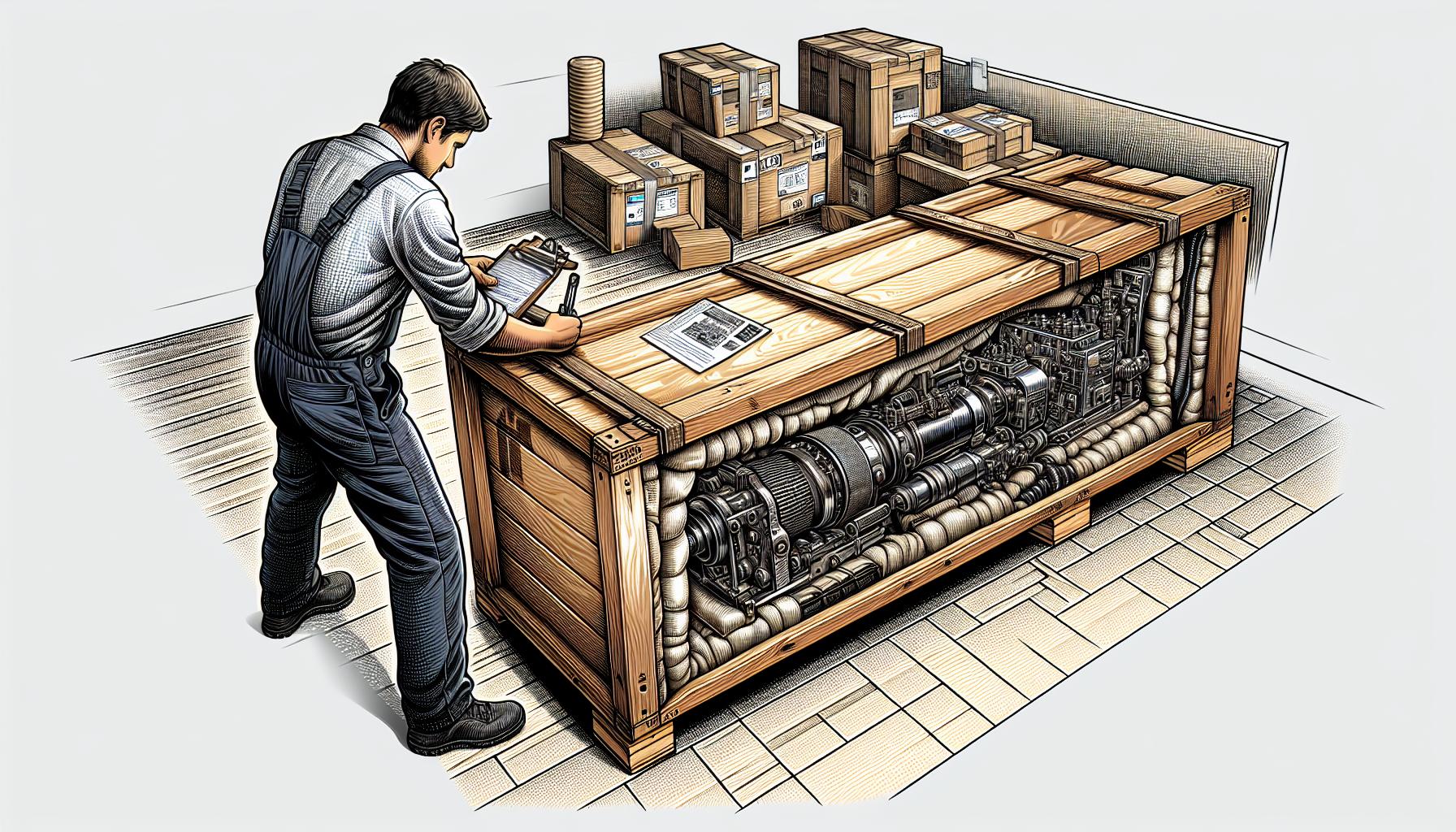When you’re transporting or storing high-value equipment, ensuring its safety is paramount. Whether you’re moving delicate electronics, expensive machinery, or priceless artifacts, the right crating methods can make all the difference. It’s not just about placing items in a box; it’s about creating a secure environment that minimizes risk and protects your investment.
You need to consider factors like cushioning, moisture control, and crate design. Each element plays a crucial role in safeguarding your equipment from potential damage during transit. With the right approach, you can have peace of mind knowing your valuable items will reach their destination in perfect condition. Ready to dive into the essentials of keeping your high-value equipment safe in a crate? Let’s get started.
What are examples of high value items and equipment
- Medical Equipment
Hospitals and clinics rely on medical equipment like MRI machines, CT scanners, and surgical instruments. These items are both expensive and delicate, requiring specialized handling during transportation. - Industrial Machinery
Factories and construction sites use machinery such as CNC machines, excavators, and 3D printers. These devices are essential for operations and can have high replacement costs, making their safe transport crucial. - Electronics
Companies depend on servers, mainframes, and high-performance computers. These electronics not only have high monetary value but are also sensitive to shock and vibration. - Art and Antiques
Museums and collectors treasure paintings, sculptures, and ancient artifacts. The irreplaceable nature and high valuation of these items make expert crating methods essential. - Musical Instruments
Orchestras and musicians often transport pianos, violins, and guitars. High-quality musical instruments need protection from temperature changes and physical damage. - Aerospace Components
Aerospace companies need parts like turbines, avionics, and satellite components. These items require precise packaging to avoid damage during lengthy transit conditions. - Luxury Goods
Brands and retailers ship luxury goods such as designer handbags, watches, and jewelry. The high price and client expectations make careful packaging imperative.
Using these specific categories, you can better understand the types of precautions necessary for different high-value items and equipment.
Why store these items in a wooden crate?
Wooden crates are ideal for storing high-value equipment. They offer durability, shock absorption, and customization.
- Durability
Wooden crates are incredibly sturdy. They can withstand heavy loads and harsh handling conditions during shipment. Unlike cardboard, wood won’t easily tear or collapse under pressure. - Shock Absorption
Wood provides natural cushioning. It helps absorb shocks and vibrations that might occur during transport, protecting delicate items like medical equipment and musical instruments. - Customization
Wooden crates can be tailored to fit any shape or size. Custom designs ensure that aerospace components or art pieces are secured tightly, minimizing movement and the risk of damage. - Pest Deterrence
Treated wooden crates are pest-resistant. They prevent insects and rodents from damaging electronics or luxury goods during long storage periods. - Stackability
Wooden crates stack easily. This efficient use of space is essential for storing industrial machinery and other bulky items in warehouses or shipping containers.
How safely pack high value items in a wooden crate
- Choose the Right Crate
Customize your crate to fit the dimensions of your equipment precisely. Ensure it’s sturdy and made of high-quality wood to handle the weight and dimensions of your high-value items. - Use Adequate Cushioning
Line the bottom and sides of the crate with foam padding or bubble wrap. Adding a protective layer safeguards the items from shocks and vibrations during transit. - Double-Wrap Fragile Items
Wrap fragile components individually with bubble wrap. Then, place them in custom-cut foam inserts to prevent movement inside the crate. - Secure with Straps or Ties
Use industrial-strength straps or ties to secure the items in place within the crate. This prevents shifting which can lead to damage during transport. - Seal with Moisture Barriers
Add desiccants or moisture-absorbing packets inside the crate. These help control humidity and protect sensitive equipment from moisture damage. - Label the Crate Appropriately
Clearly label the crate with handling instructions such as “Fragile” or “This Side Up”. This ensures handlers treat the crate with the necessary care. - Double-Check Before Sealing
Inspect the crate’s contents and padding one last time before sealing. Ensure everything is in place and no voids are left that could allow movement.
If you need storage, transportation, or both of high value items or equipment reach out to us at sales@ondemandstorage.com








